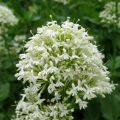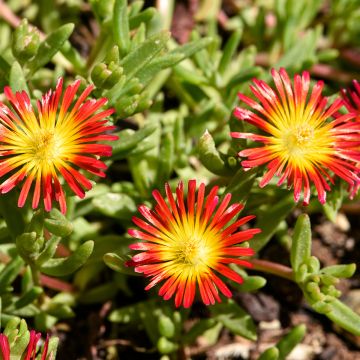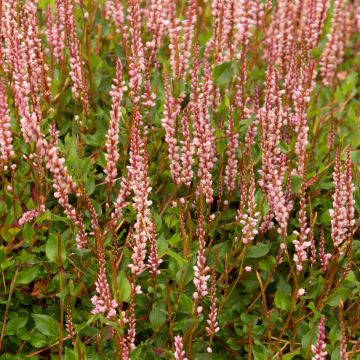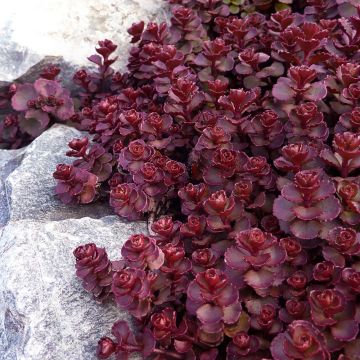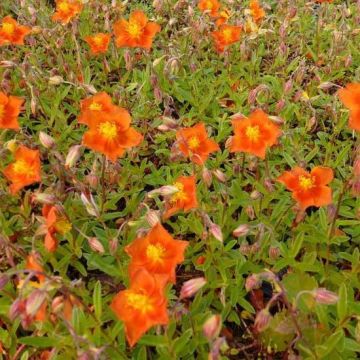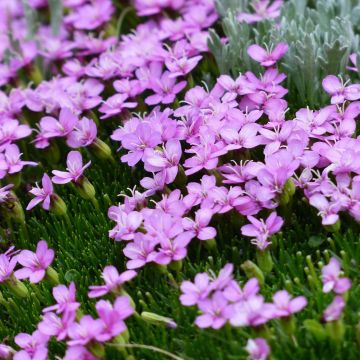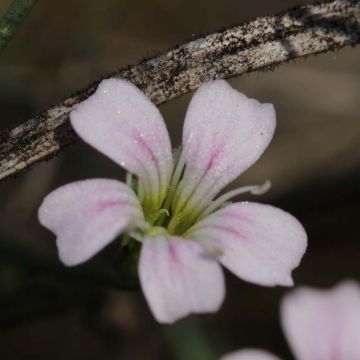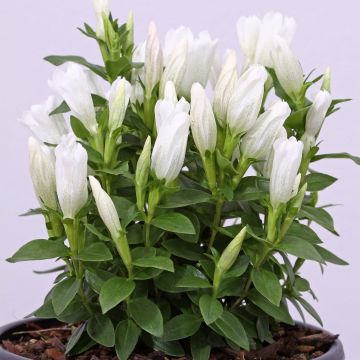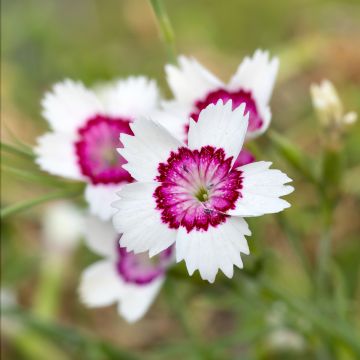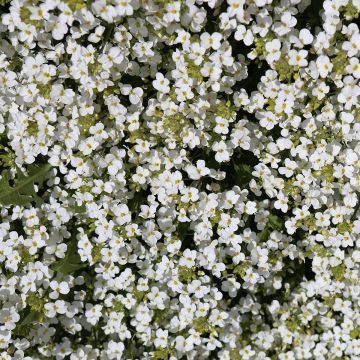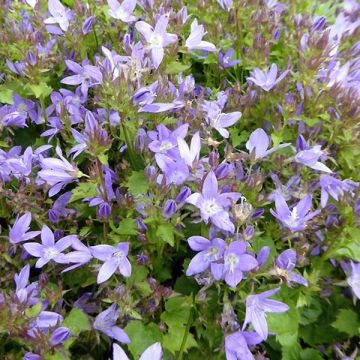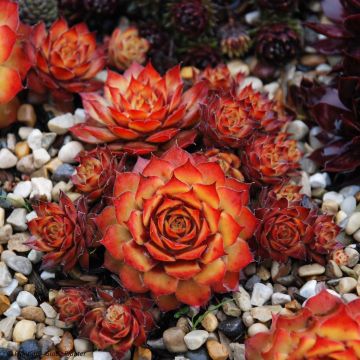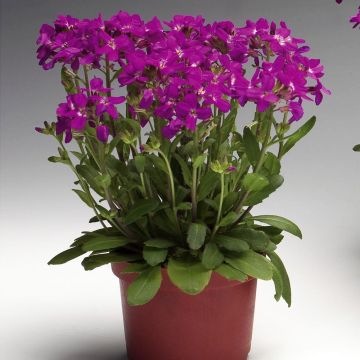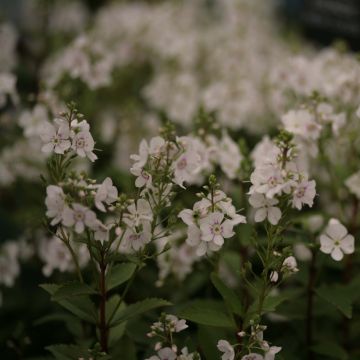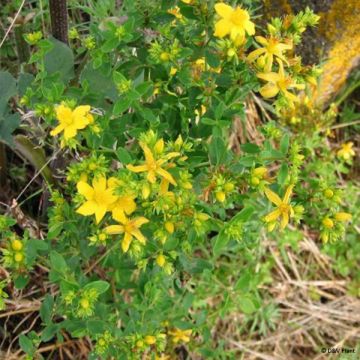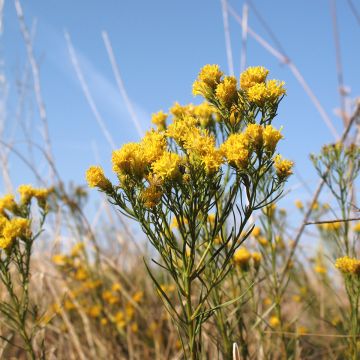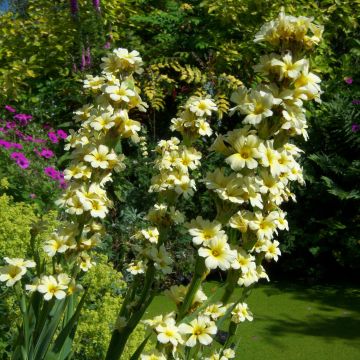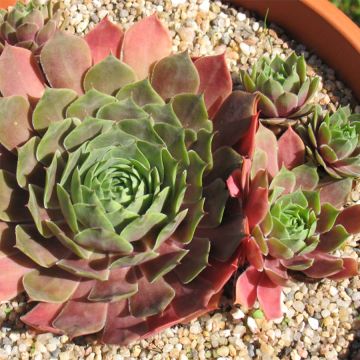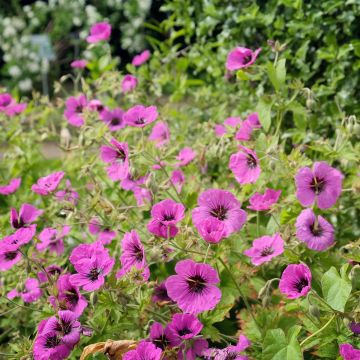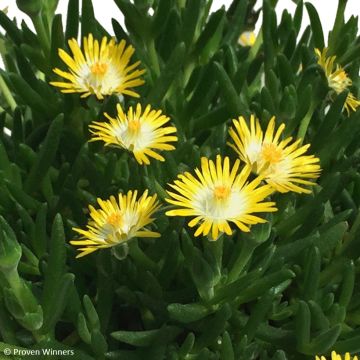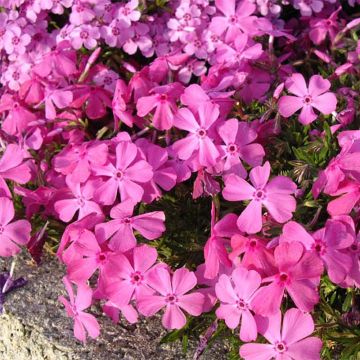Plantfit
Log in / Register
Existing customer?
New customer?
Create an account to track your orders, access our customer service and, if you wish, make the most of our upcoming offers.
My Account
Hello
Shipping country and language
Your country of residence may be:
For a better user experience on our website, you can select:
Your shipping country:
Andorra
Austria
Belgium
Bulgaria
Croatia
Czechia
Denmark
Estonia
Finland
France
Germany
Greece
Hungary
Iceland
Ireland
Italy
Latvia
Lithuania
Luxembourg
Monaco
Netherlands
Poland
Portugal
Romania
Slovakia
Slovenia
Spain
Sweden
Switzerland
Language:
French
English
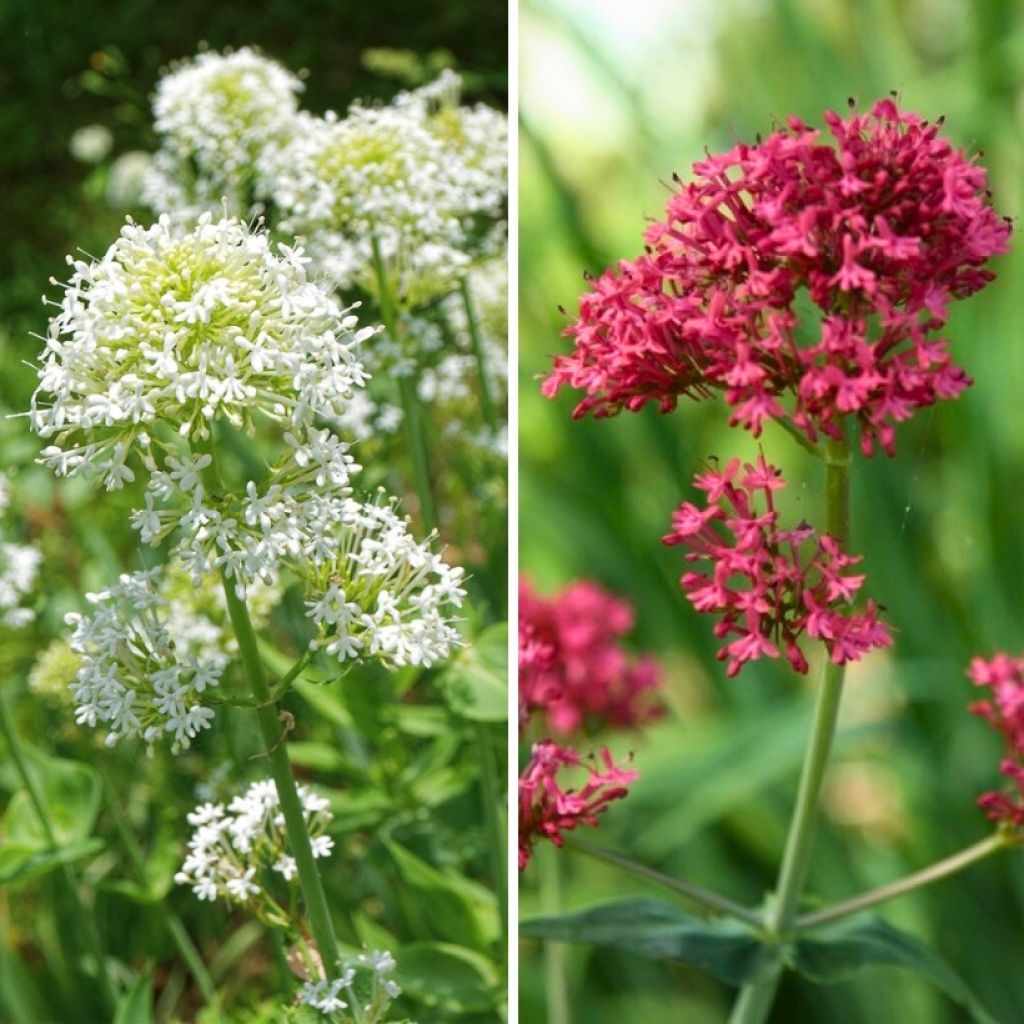

Centranthus ruber and Centranthus Albus
Centranthus ruber and Centranthus Albus
Centranthus ruber sp., Albus
Red valerian, Jupiter's beard, Spur valerian
Order in the next for dispatch today!
Dispatch by letter from €3.90.
Delivery charge from €5.90 Oversize package delivery charge from €6.90.
More information
This item is not available in your country.
Select delivery date,
and select date in basket
This plant carries a 12 months recovery warranty
More information
We guarantee the quality of our plants for a full growing cycle, and will replace at our expense any plant that fails to recover under normal climatic and planting conditions.
From €5.90 for pickup delivery and €6.90 for home delivery
Express home delivery from €8.90.
Does this plant fit my garden?
Set up your Plantfit profile →
Collection items (2 plants)
Description
This duo of valerians is available at a great price. It comprises Centranthus ruber and C. ruber 'Albus'. These deciduous perennials are remarkable not only for the duration of their flowering in clusters of pink-red and white flowers, but also for their ease of cultivation in any well-drained soil. They quickly form beautiful clumps measuring 60cm (24in) to 1m (3ft) in height that bring a lot of charm to rockeries and flower beds. Adapted to dry soils, they can withstand temperatures as low as -15°C (5°F). Spontaneous sowings are frequent.
This duo consists of:
1x Centranthus ruber: this wild plant is known for its pink flowers, tending towards red, which add colour to the garden. It reaches a height of about 70cm (28in) to 1m (3ft), and thrives particularly well in limestone soil. The flowering period extends from May to September.
1 x Centranthus ruber 'Albus': a variety with white flowers. More compact, this variety measures between 60 and 80cm (24 and 32in) in height. It is more suitable for small spaces.
This duo of valerians can be planted in flower beds, rockeries, above walls, or on banks. Place the taller Centranthus ruber at the back and the more compact C. ruber 'Albus' at the front. Use 5 to 6 plants per square metre for a beautiful mass effect. The spacing between two plants should be at least 40 to 50cm (16 to 20in) for optimal growth.
The red valerian and its white form go perfectly with plants such as lavenders in dry soil. For a contrast of colours, consider perennial geraniums, especially the variety 'Rozanne' which offers a beautiful and long-lasting blue flowering. Ornamental grasses such as Pennisetum alopecuroides 'Hameln' bring a different texture. Bush roses, like 'Bonica', can be interesting to vary the heights and colours in a flower bed.
Flowering
Foliage
Plant habit
Botanical data
Centranthus
ruber
sp., Albus
Caprifoliaceae
Red valerian, Jupiter's beard, Spur valerian
Mediterranean
Planting and care
Centranthus ruber is perfectly resistant to cold, summer drought, and sea spray. It is not demanding on the nature of the soil. It tolerates a wide range of soils, if properly drained, ranging from rocky and stony to clayey and compact. However, it prefers limestone and poor soils. Choose a sunny or partially shaded exposure: the plant tends to bend to seek light. It self-seeds spontaneously among trees and bushes without being invasive, and sometimes in unexpected places like old walls or even partially tarred banks.
Planting period
Intended location
Care
This item has not been reviewed yet - be the first to leave a review about it.
Rockery perennials
Haven't found what you were looking for?
Hardiness is the lowest winter temperature a plant can endure without suffering serious damage or even dying. However, hardiness is affected by location (a sheltered area, such as a patio), protection (winter cover) and soil type (hardiness is improved by well-drained soil).

Photo Sharing Terms & Conditions
In order to encourage gardeners to interact and share their experiences, Promesse de fleurs offers various media enabling content to be uploaded onto its Site - in particular via the ‘Photo sharing’ module.
The User agrees to refrain from:
- Posting any content that is illegal, prejudicial, insulting, racist, inciteful to hatred, revisionist, contrary to public decency, that infringes on privacy or on the privacy rights of third parties, in particular the publicity rights of persons and goods, intellectual property rights, or the right to privacy.
- Submitting content on behalf of a third party;
- Impersonate the identity of a third party and/or publish any personal information about a third party;
In general, the User undertakes to refrain from any unethical behaviour.
All Content (in particular text, comments, files, images, photos, videos, creative works, etc.), which may be subject to property or intellectual property rights, image or other private rights, shall remain the property of the User, subject to the limited rights granted by the terms of the licence granted by Promesse de fleurs as stated below. Users are at liberty to publish or not to publish such Content on the Site, notably via the ‘Photo Sharing’ facility, and accept that this Content shall be made public and freely accessible, notably on the Internet.
Users further acknowledge, undertake to have ,and guarantee that they hold all necessary rights and permissions to publish such material on the Site, in particular with regard to the legislation in force pertaining to any privacy, property, intellectual property, image, or contractual rights, or rights of any other nature. By publishing such Content on the Site, Users acknowledge accepting full liability as publishers of the Content within the meaning of the law, and grant Promesse de fleurs, free of charge, an inclusive, worldwide licence for the said Content for the entire duration of its publication, including all reproduction, representation, up/downloading, displaying, performing, transmission, and storage rights.
Users also grant permission for their name to be linked to the Content and accept that this link may not always be made available.
By engaging in posting material, Users consent to their Content becoming automatically accessible on the Internet, in particular on other sites and/or blogs and/or web pages of the Promesse de fleurs site, including in particular social pages and the Promesse de fleurs catalogue.
Users may secure the removal of entrusted content free of charge by issuing a simple request via our contact form.
The flowering period indicated on our website applies to countries and regions located in USDA zone 8 (France, the United Kingdom, Ireland, the Netherlands, etc.)
It will vary according to where you live:
- In zones 9 to 10 (Italy, Spain, Greece, etc.), flowering will occur about 2 to 4 weeks earlier.
- In zones 6 to 7 (Germany, Poland, Slovenia, and lower mountainous regions), flowering will be delayed by 2 to 3 weeks.
- In zone 5 (Central Europe, Scandinavia), blooming will be delayed by 3 to 5 weeks.
In temperate climates, pruning of spring-flowering shrubs (forsythia, spireas, etc.) should be done just after flowering.
Pruning of summer-flowering shrubs (Indian Lilac, Perovskia, etc.) can be done in winter or spring.
In cold regions as well as with frost-sensitive plants, avoid pruning too early when severe frosts may still occur.
The planting period indicated on our website applies to countries and regions located in USDA zone 8 (France, United Kingdom, Ireland, Netherlands).
It will vary according to where you live:
- In Mediterranean zones (Marseille, Madrid, Milan, etc.), autumn and winter are the best planting periods.
- In continental zones (Strasbourg, Munich, Vienna, etc.), delay planting by 2 to 3 weeks in spring and bring it forward by 2 to 4 weeks in autumn.
- In mountainous regions (the Alps, Pyrenees, Carpathians, etc.), it is best to plant in late spring (May-June) or late summer (August-September).
The harvesting period indicated on our website applies to countries and regions in USDA zone 8 (France, England, Ireland, the Netherlands).
In colder areas (Scandinavia, Poland, Austria...) fruit and vegetable harvests are likely to be delayed by 3-4 weeks.
In warmer areas (Italy, Spain, Greece, etc.), harvesting will probably take place earlier, depending on weather conditions.
The sowing periods indicated on our website apply to countries and regions within USDA Zone 8 (France, UK, Ireland, Netherlands).
In colder areas (Scandinavia, Poland, Austria...), delay any outdoor sowing by 3-4 weeks, or sow under glass.
In warmer climes (Italy, Spain, Greece, etc.), bring outdoor sowing forward by a few weeks.
